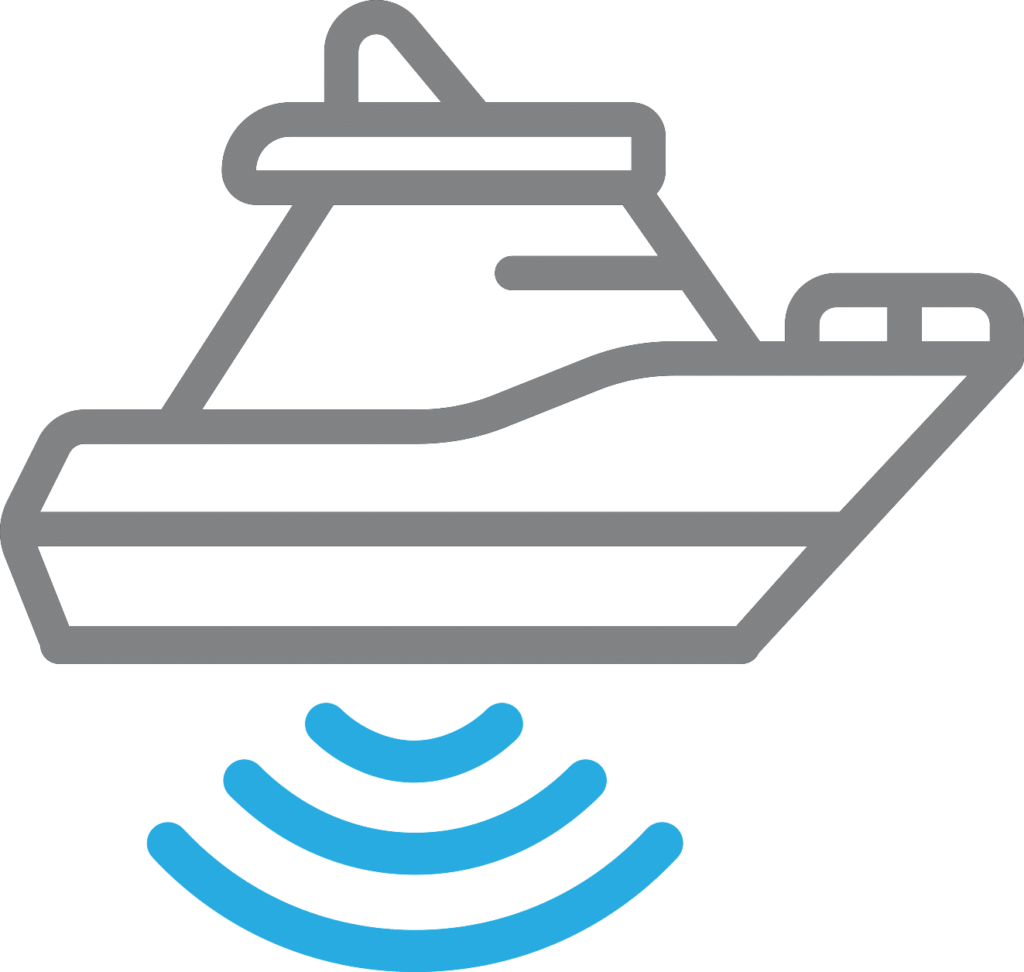Introduction: Unveiling the Depths Beneath the Surface
Bathymetric surveying is an essential technique used to measure the depth and map underwater features, providing invaluable data for various marine industries. This specialized surveying method plays a critical role in marine construction, navigation, environmental protection, and more. Whether mapping the seafloor, planning offshore structures, or monitoring ecosystems, bathymetric surveying is vital for understanding the complexities beneath the surface. In this blog, we explore the science of bathymetric surveys, their advanced technologies, and the wide range of applications that benefit from accurate underwater mapping.
What is Bathymetric Surveying?
Bathymetric surveying is the process of measuring the depth and other features of underwater surfaces. This specialized form of survey is critical for mapping seafloors, lake beds, and riverbeds. It is important to note that bathymetric surveying differs from traditional land surveying in several key aspects.
- Definition of bathymetric surveying
- Key instruments used in bathymetric surveys (e.g., echo sounders, sonar, LiDAR)
- Comparison with traditional land surveying
The Technology Behind Bathymetric Surveys
Bathymetric surveys rely on advanced technologies to provide precise and accurate data. By using these technologies, professionals can capture detailed underwater information. Furthermore, understanding these technologies helps illustrate why bathymetric surveys are essential for marine industries.
- Echo Sounding: A common method that uses sound waves to measure depth
- Side-Scan Sonar: Provides detailed images of the seafloor
- Multibeam Sonar: Maps large areas in high resolution
- LiDAR (Light Detection and Ranging): Laser-based technology used in specific surveys
Applications of Bathymetric Surveying
Bathymetric surveys have a wide range of applications, from supporting navigation to aiding environmental studies. These surveys are key to understanding underwater terrain and its influence on human activity. As a result, bathymetric data has become indispensable for many marine-related fields.

Marine Navigation
- Primarily, bathymetric surveys help in producing nautical charts that guide vessels and submarines safely.
- Additionally, they ensure safe navigation by mapping underwater obstacles and identifying hazards.
Marine Construction and Infrastructure
- For example, bathymetric data is crucial when planning underwater structures like ports, harbors, and bridges.
- In addition, it plays a significant role in supporting offshore oil and gas operations, as well as the construction of offshore wind farms.
Environmental Impact Assessments
- Bathymetric surveys also assist in environmental studies, providing valuable data for assessing underwater ecosystems.
- They help evaluate the potential environmental impact of marine construction projects and ensure the protection of fragile habitats.
http://Assessing coastal bathymetry and climate change impactsThe Importance of Bathymetric Data for Marine Projects
Accurate bathymetric data is critical for many industries, including shipping, fishing, and construction. By having access to this data, professionals can make better decisions that ensure the safety and efficiency of marine operations. Moreover, bathymetric surveys help minimize risks associated with marine projects.
- Enhances navigation safety
- Improves decision-making for construction projects
- Aids in ecosystem monitoring and conservation efforts

How Bathymetric Surveys Contribute to Sustainable Marine Development
Bathymetric surveys are vital in sustainable marine development, providing the data needed for effective resource management and environmental protection. In fact, these surveys contribute significantly to the design of eco-friendly marine infrastructure.
- Protecting marine habitats
- Supporting the design of eco-friendly marine infrastructure
- Monitoring coastal erosion and underwater biodiversity
Challenges in Bathymetric Surveying
Bathymetric surveying presents unique challenges that require specialized knowledge and equipment to overcome. For instance, environmental factors, equipment limitations, and the complexity of underwater terrain can complicate the surveying process. Despite these challenges, advancements in technology are continually improving the accuracy and efficiency of bathymetric surveys.
- Difficulties in surveying deep-water environments
- Overcoming data accuracy challenges
- Impact of weather and water conditions on survey results
The Future of Bathymetric Surveying
Bathymetric surveying continues to evolve with advancements in technology. With the integration of new technologies, such as autonomous underwater vehicles (AUVs) and AI-driven data analysis, surveys are becoming more efficient and accurate. As a result, bathymetric surveys are set to play an even more crucial role in the future of marine industries.
- Integration of AI in survey data processing
- Autonomous vehicles for underwater surveys
- Future trends in bathymetric technology
Conclusion: Why Bathymetric Surveying is Crucial
Bathymetric surveying remains an indispensable tool in understanding and utilizing marine environments. Not only does it support navigation and construction, but it also plays a critical role in environmental protection. In conclusion, the data provided by bathymetric surveys is invaluable for sustainable development, marine safety, and ecological preservation.
